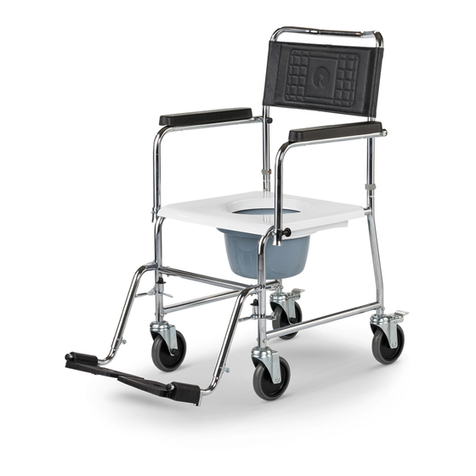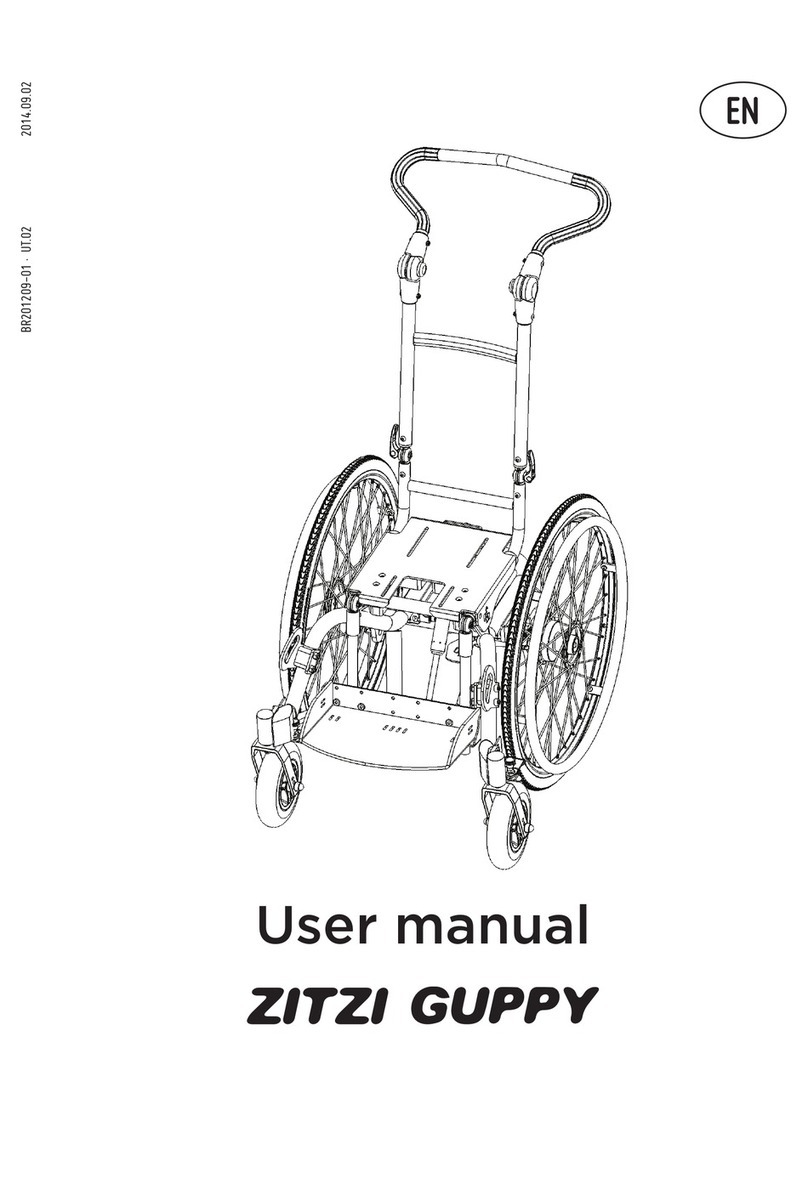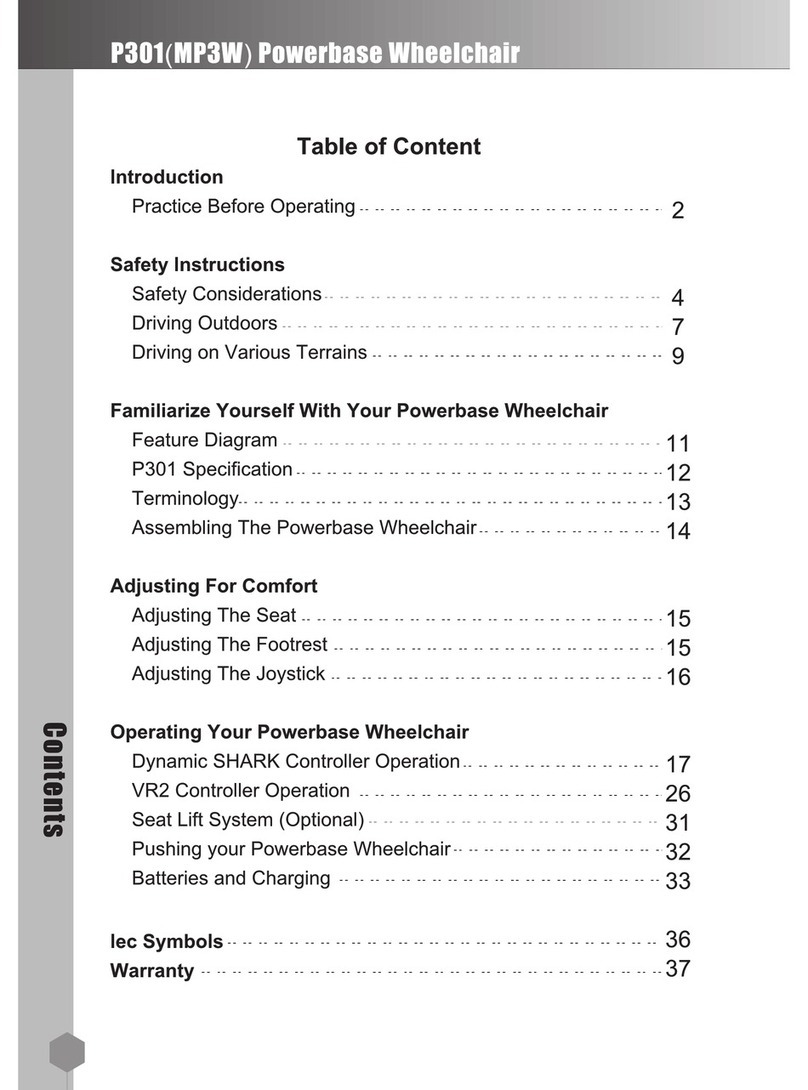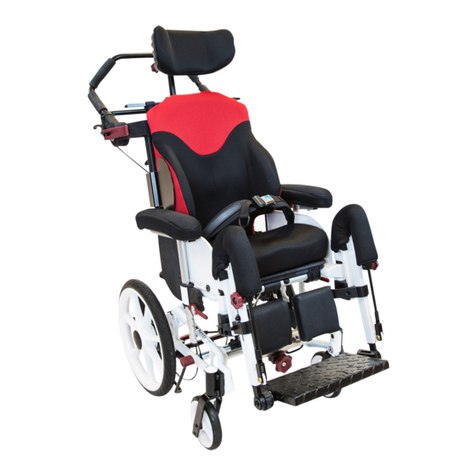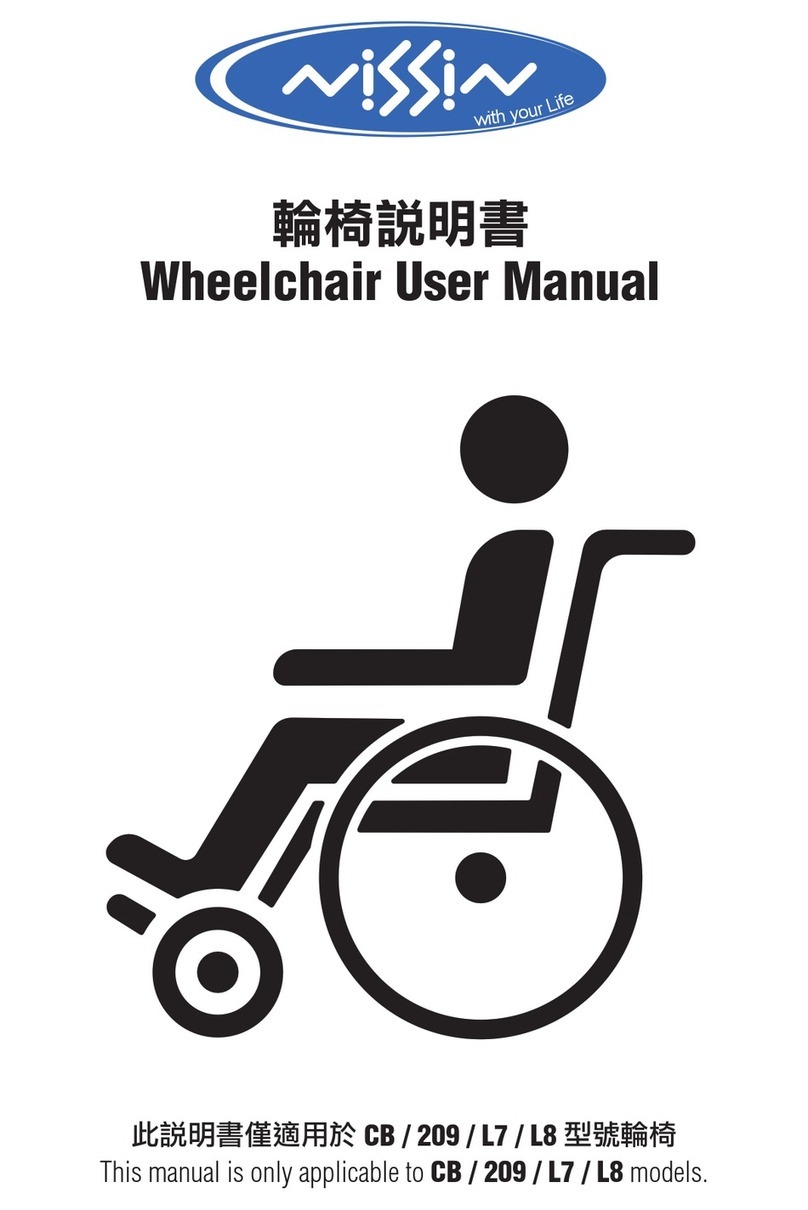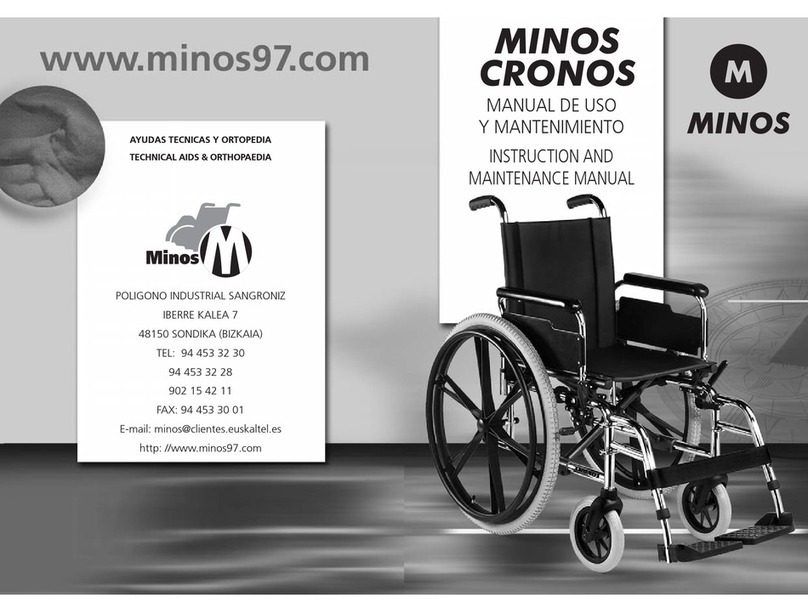Meyra 1.611 User manual




















This manual suits for next models
5
Other Meyra Wheelchair manuals

Meyra
Meyra EUROCHAIR 2 THE ORIGINAL 2.750 User manual
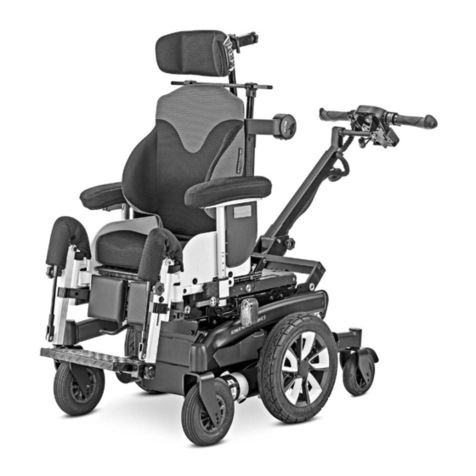
Meyra
Meyra iChair DYNAMIC 1.623 Manual

Meyra
Meyra 1.735 User manual
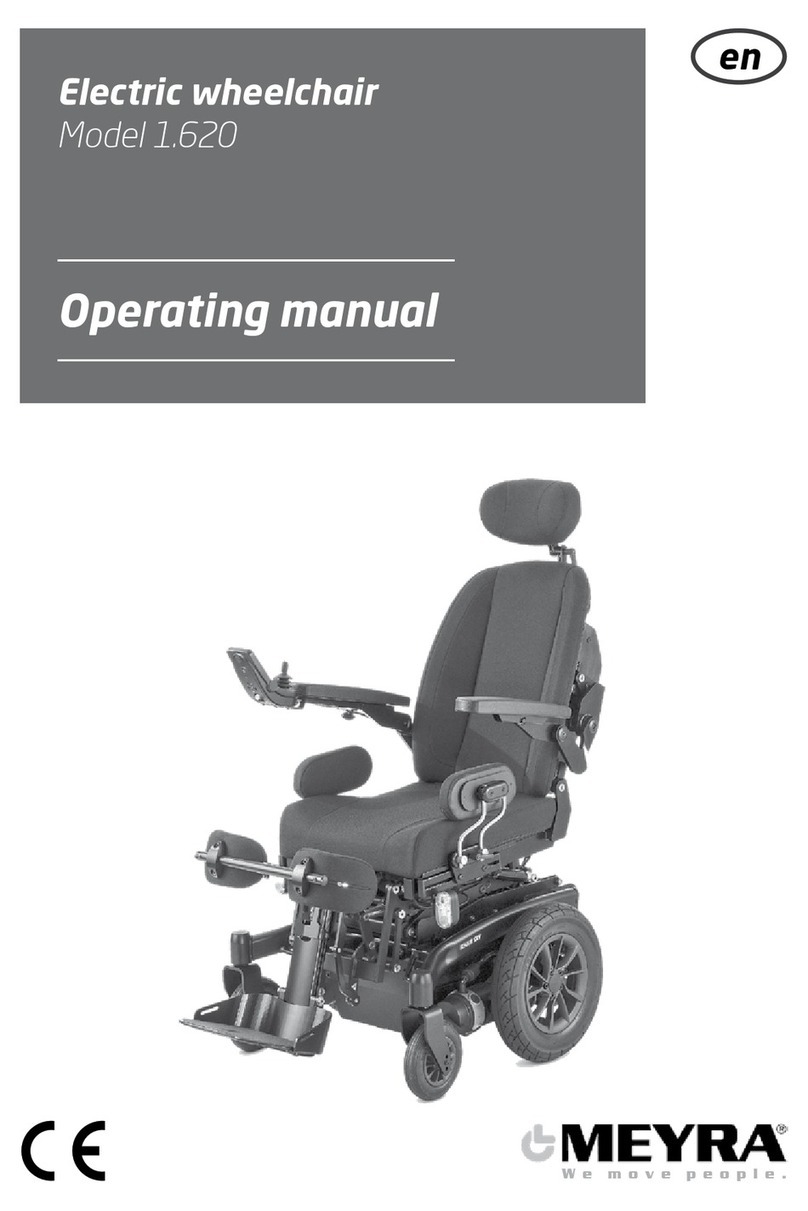
Meyra
Meyra 1.620 User manual

Meyra
Meyra MEX-X 1.130 User manual
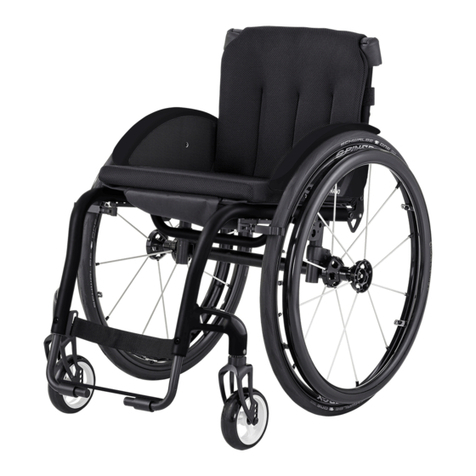
Meyra
Meyra 1.155 NANO User manual
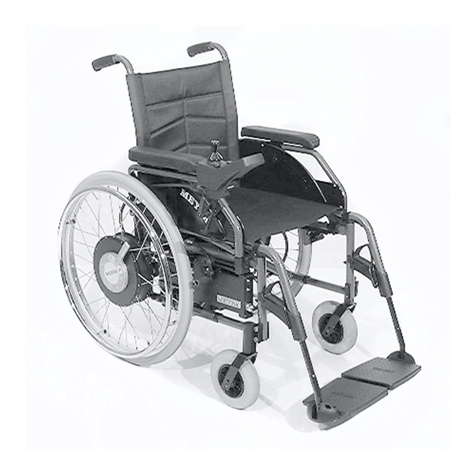
Meyra
Meyra DUO User manual

Meyra
Meyra 1.160 User manual
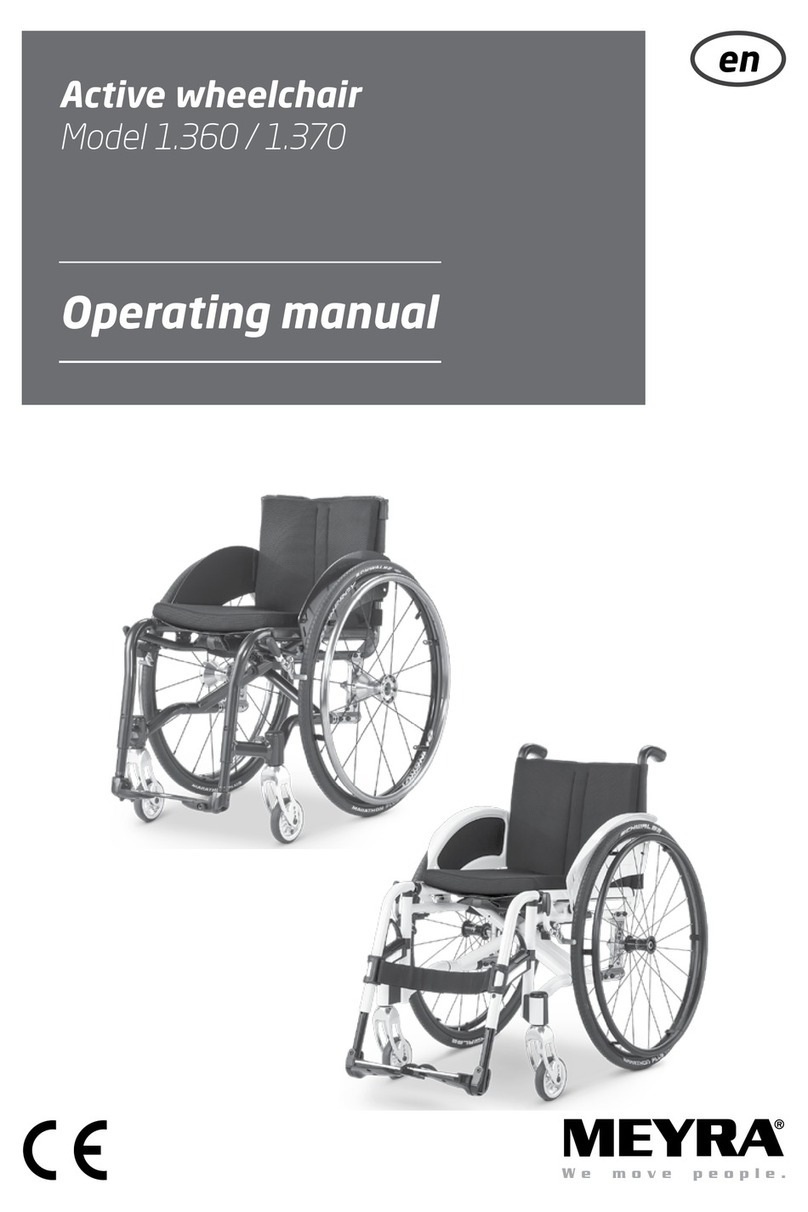
Meyra
Meyra 1.360 User manual

Meyra
Meyra 1.595-603 User manual
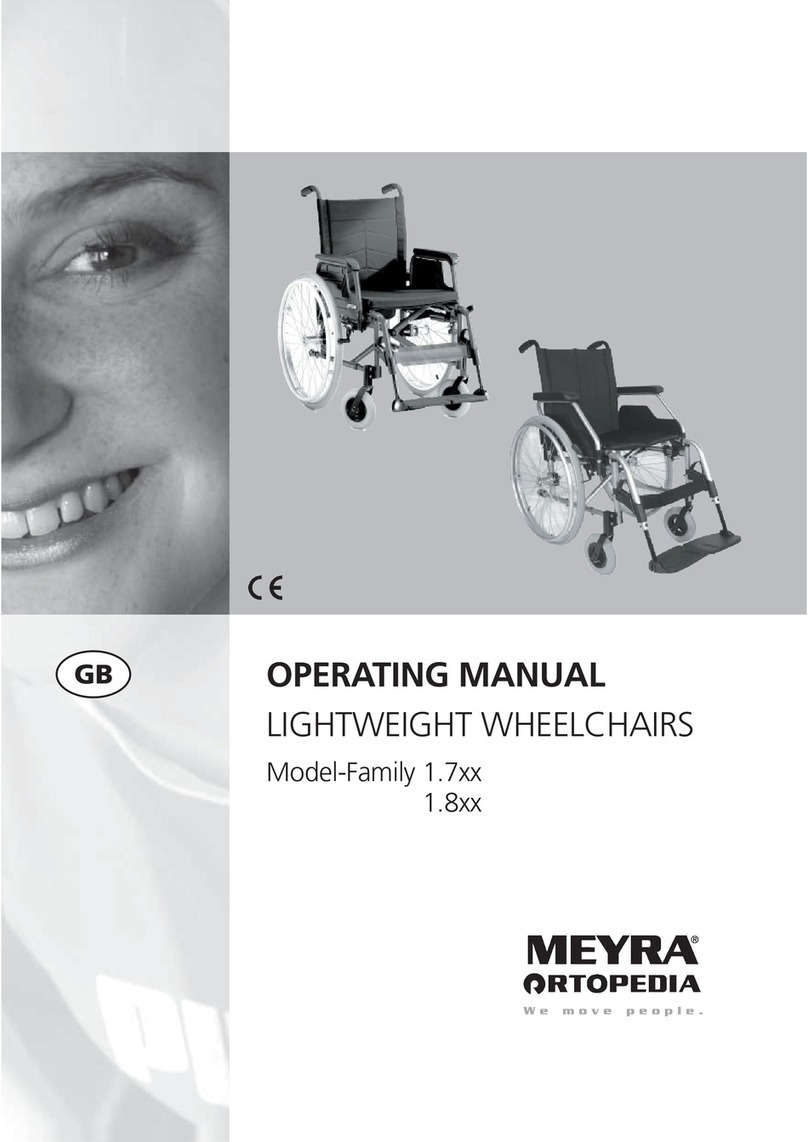
Meyra
Meyra 1.7 series User manual

Meyra
Meyra 1.7 series User manual

Meyra
Meyra 1.135 User manual
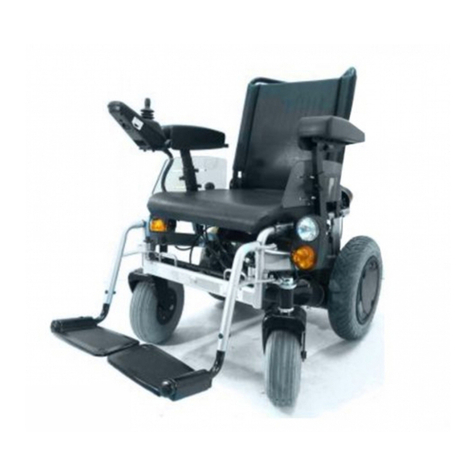
Meyra
Meyra Sprint Operating instructions
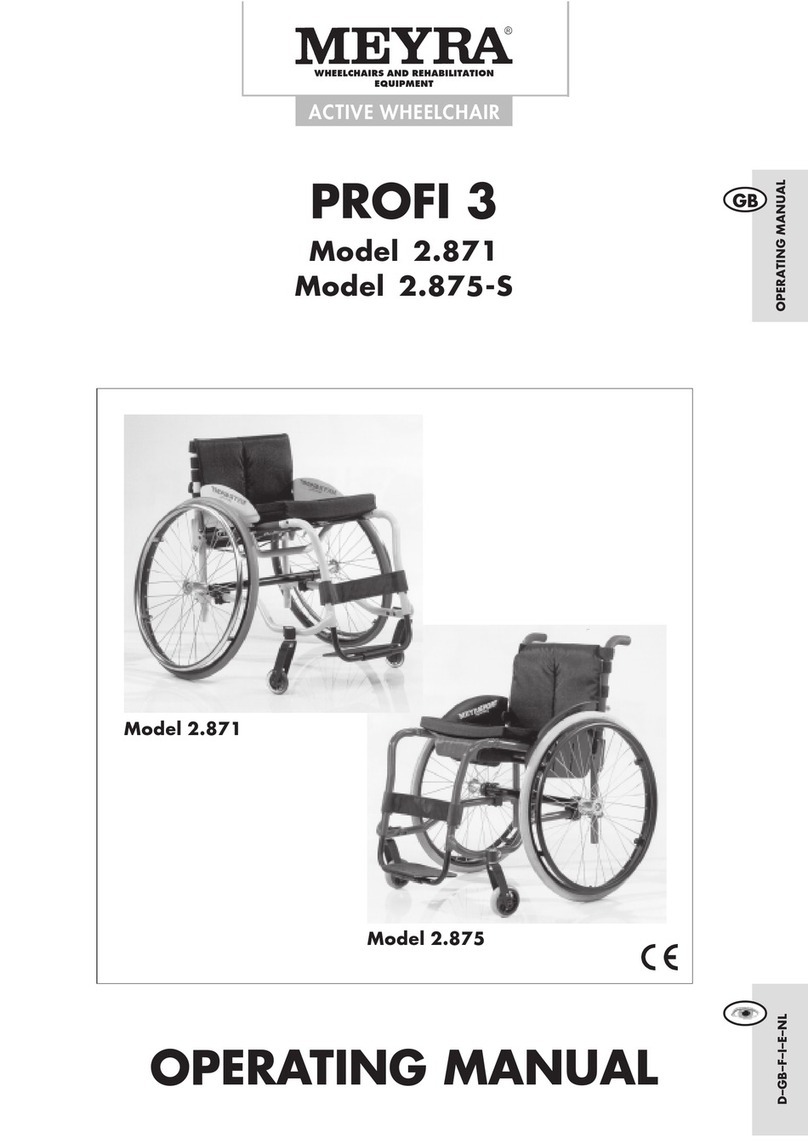
Meyra
Meyra PROFI 3 User manual
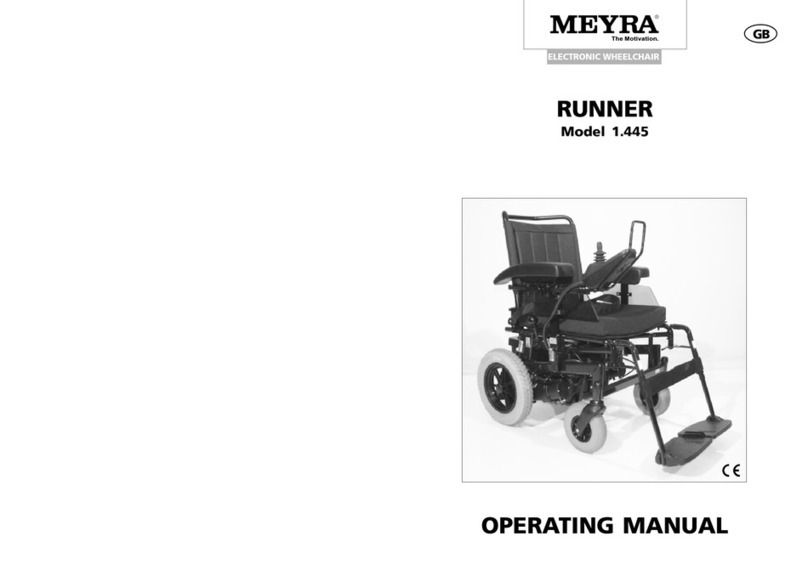
Meyra
Meyra RUNNER 1.445 User manual

Meyra
Meyra Optimus 2 2.322 User manual
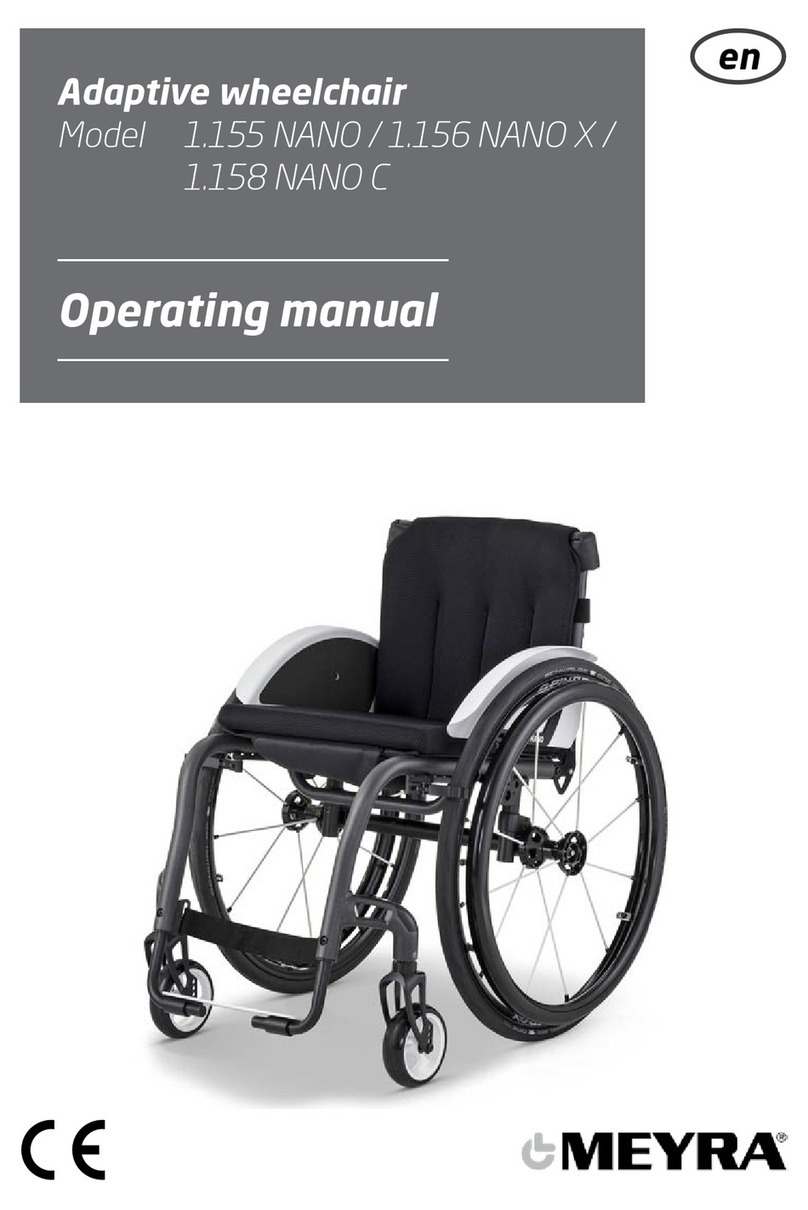
Meyra
Meyra 1.158 NANO C User manual
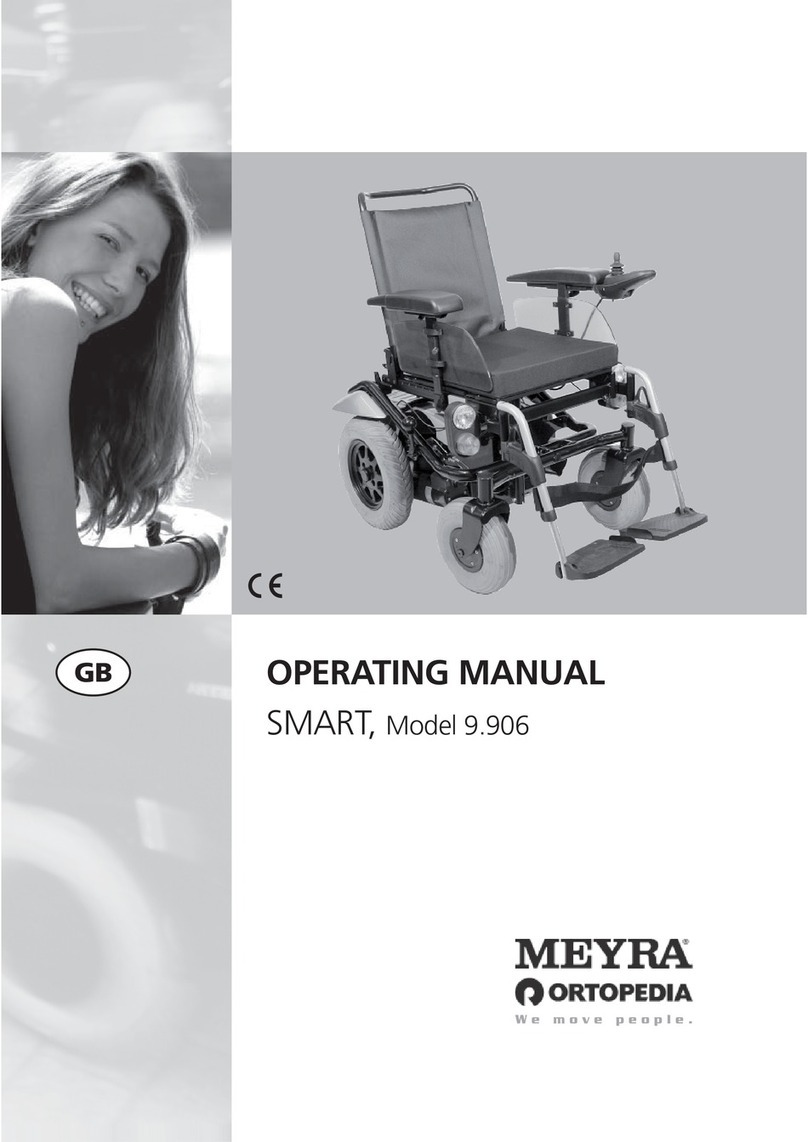
Meyra
Meyra SMART 9.906 User manual

Meyra
Meyra MOTIVO 2.250 User manual
Popular Wheelchair manuals by other brands
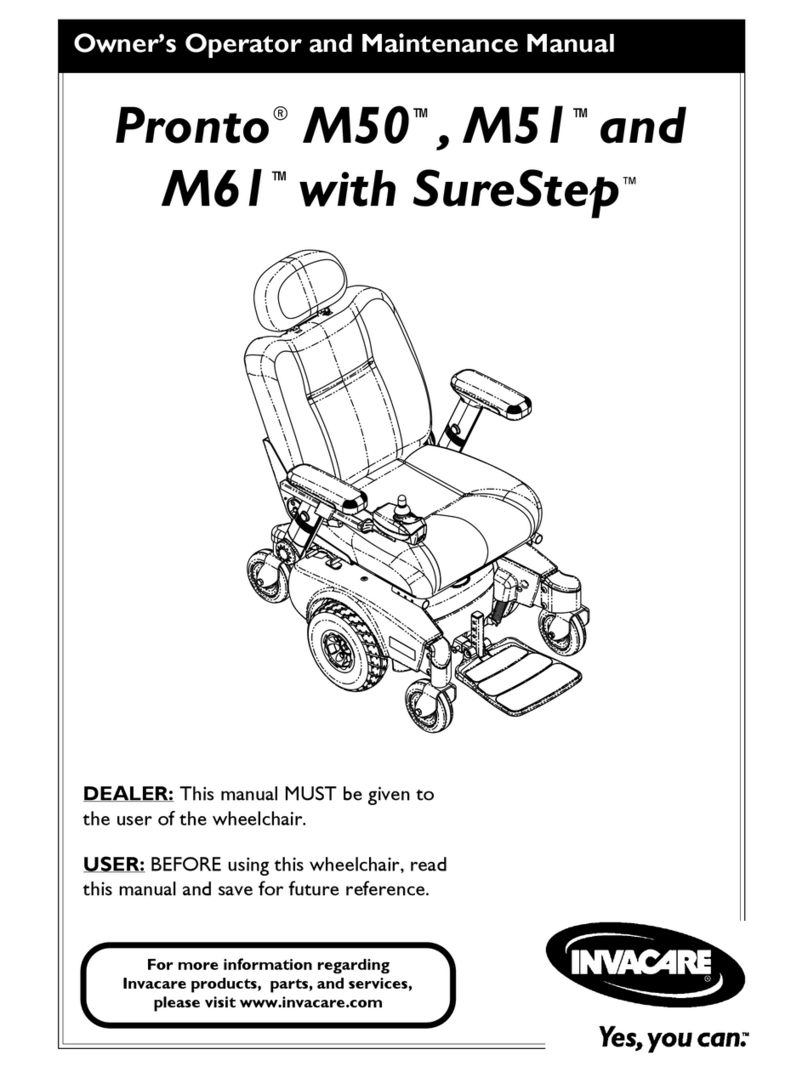
Pronto
Pronto M50 Owner's operator and maintenance manual

AAT
AAT Movilino Translation of the original user manual
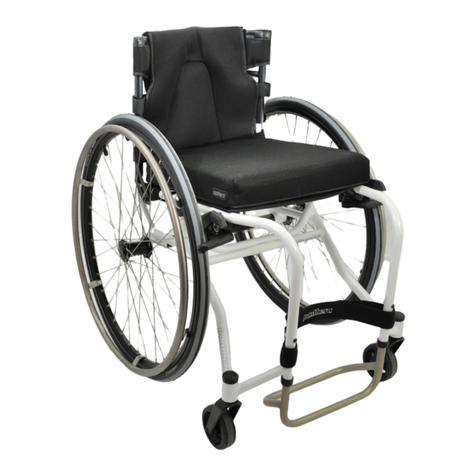
panthera
panthera U3 Light Y-Front operating instructions

Innov
Innov Interlude 500 user manual
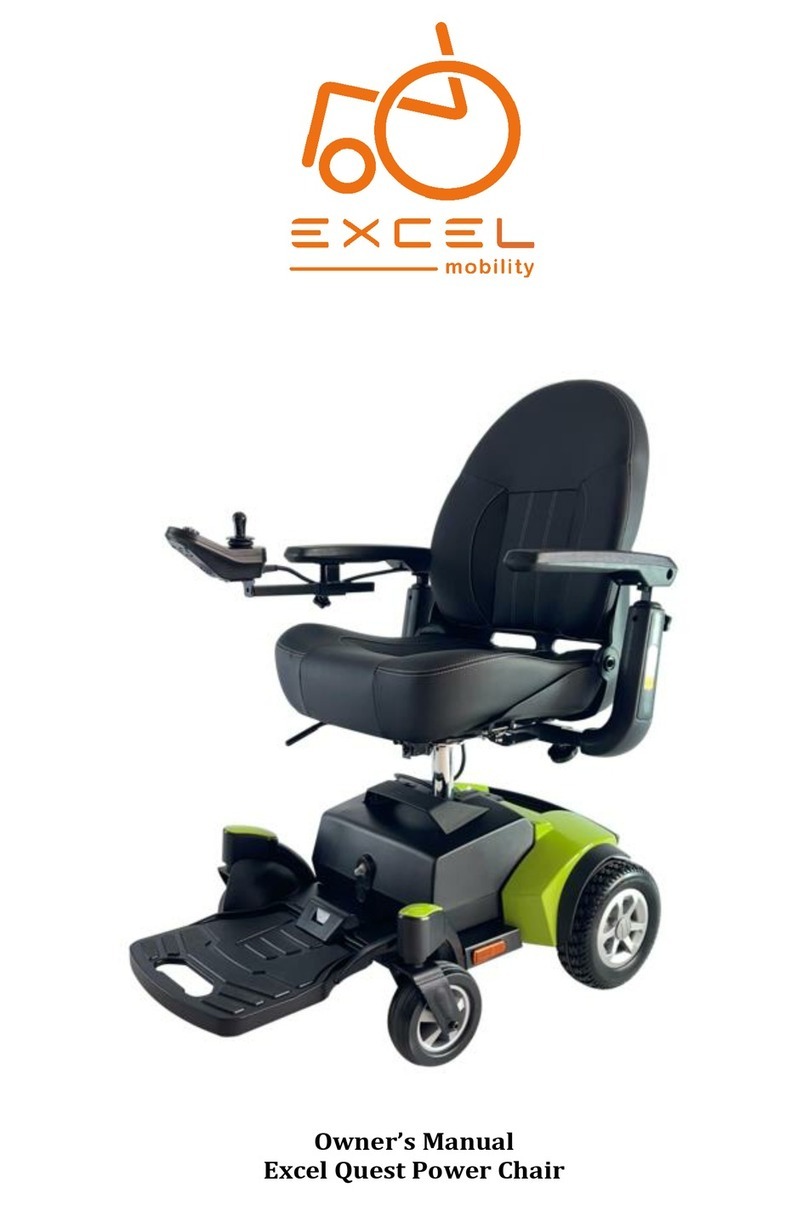
Excel
Excel Quest owner's manual

Invacare
Invacare Tracer IV Assembly, installation and operating instructions


